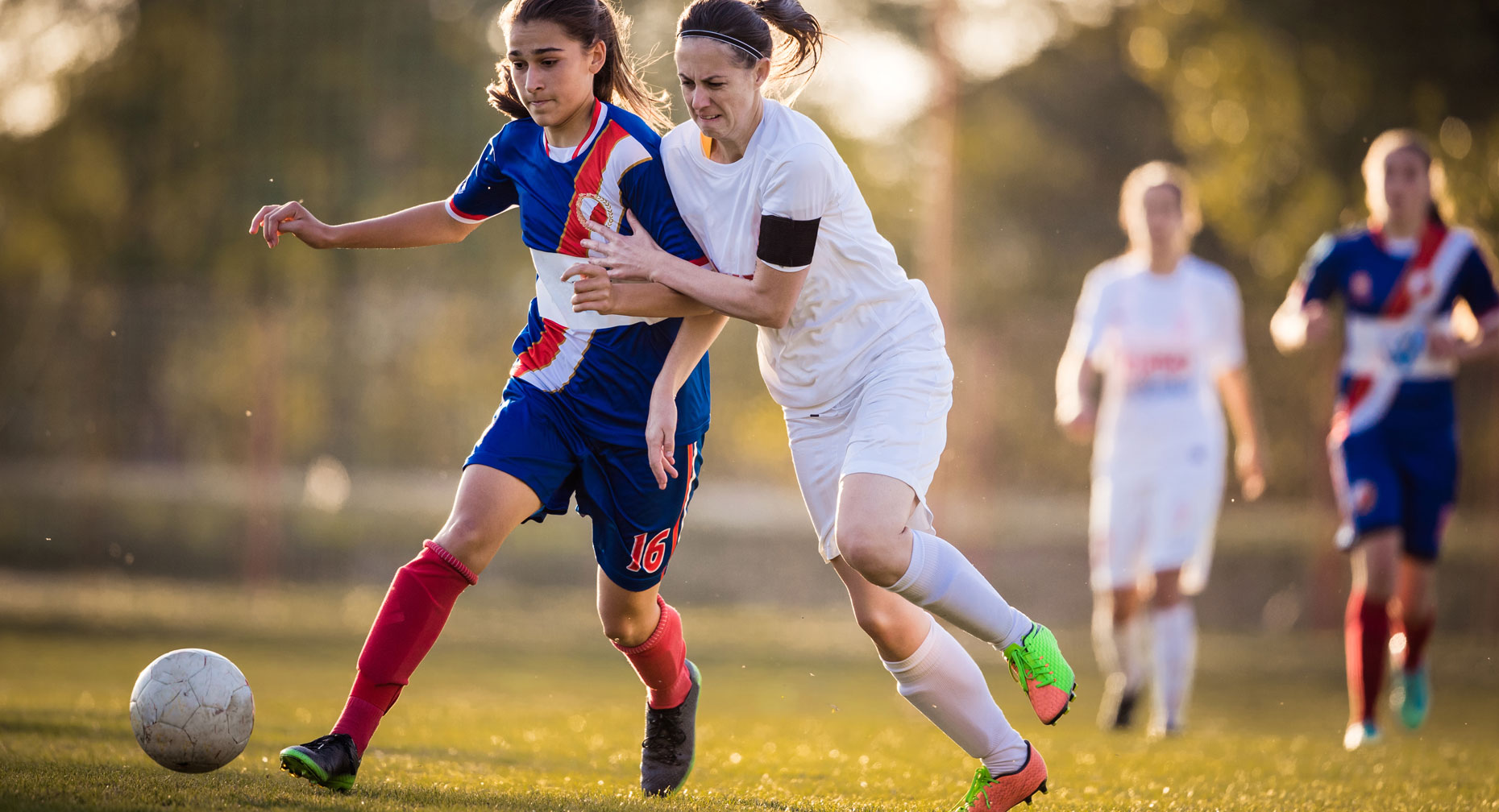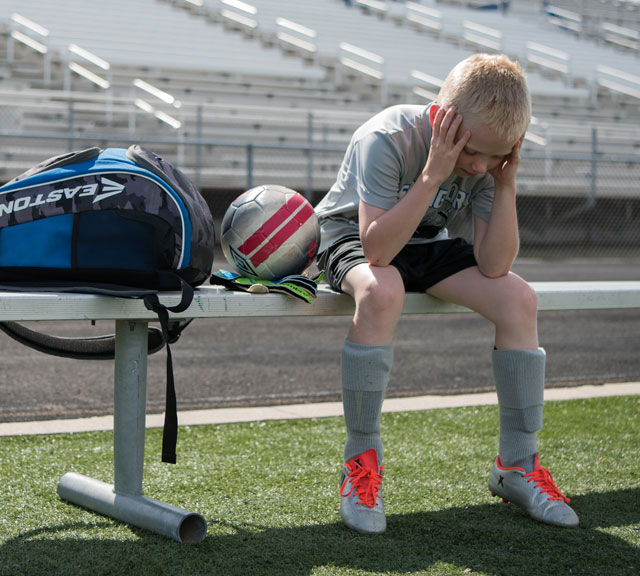Sidelined by Arm Pain: Burners and Stingers Syndrome

Find Your Perfect Match
Answer a few questions and we'll provide you with a list of primary care providers that best fit your needs.
Many football players, wrestlers and other athletes in sports that involve contact or collisions know the pain of burners and stingers syndrome.
Maybe you or your child have experienced the stinging, burning sensation that can flare up and spread from shoulder to hand following an injury to the neck or shoulder area. Burners and stingers syndrome usually affects just one arm. In most cases the pain goes away quickly, often in minutes, though the effects can linger.
What Causes Burners and Stingers Syndrome?
Burners and stingers syndrome results from a stretching or squeezing of the brachial plexus, a bundle of nerves that emerges from the upper spine and runs through the neck and into the armpit before branching down the arm to the fingers. All nerves in the arm pass through the brachial plexus.
Many injuries to the brachial plexus happen when the arm is pulled down while the head is being pushed to the opposite side. The brachial plexus can also be injured in a fall or if you sustain a blow to the shoulder or neck.
You might not be surprised to learn that the most common cause of burners and stingers syndrome is tackling or blocking in American football. Being forcefully tugged and shoved around comes with the territory.
And burners and stingers syndrome shows up in many other sports, from ice hockey to gymnastics, in children and adults.
People who have spinal stenosis — a narrowing of the spinal canal — are at greater risk for burners and stingers syndrome.
Burners and stingers syndrome usually affects just one arm. In most cases the pain goes away quickly, often in minutes, though the effects can linger.
Symptoms of Burners and Stingers Syndrome

Though symptoms vary from one person to the next, the most commonly reported are:
- A feeling of burning or electric shock in the shoulder, arm or hand
- Numbness or weakness in the arm or hand
- A feeling of warmth in the arm or hand
While the initial effects are usually fleeting, it’s possible for burners and stingers syndrome to cause prolonged weakness that may keep you or your child sidelined for a while.
How Is Burners and Stingers Syndrome Diagnosed and Treated?
Your health care provider will examine you and discuss your symptoms. If appropriate, your doctor will order tests, such as an MRI or X-ray, to learn as much as possible about your injury. Typical courses of treatment can vary based on how long it takes for symptoms to resolve:
You will probably be advised to stop playing your sport until your symptoms are completely gone. If your child has burners and stingers syndrome, he’ll also likely be advised not to practice or compete until symptoms have stopped.
If symptoms don’t go away quickly, you or your child will likely need to work with an athletic trainer or therapist to return to normal functioning.
Can Burners and Stingers Syndrome Be Prevented?
The best preventive measure is to strengthen the neck. That can be done with neck-strengthening exercises and by working on proper tackling techniques.
Find Your Perfect Match
Answer a few questions and we'll provide you with a list of primary care providers that best fit your needs.
Source: The American Academy of Orthopedic Surgeons; The National Center for Biotechnology Information; American Academy of Family Physicians




